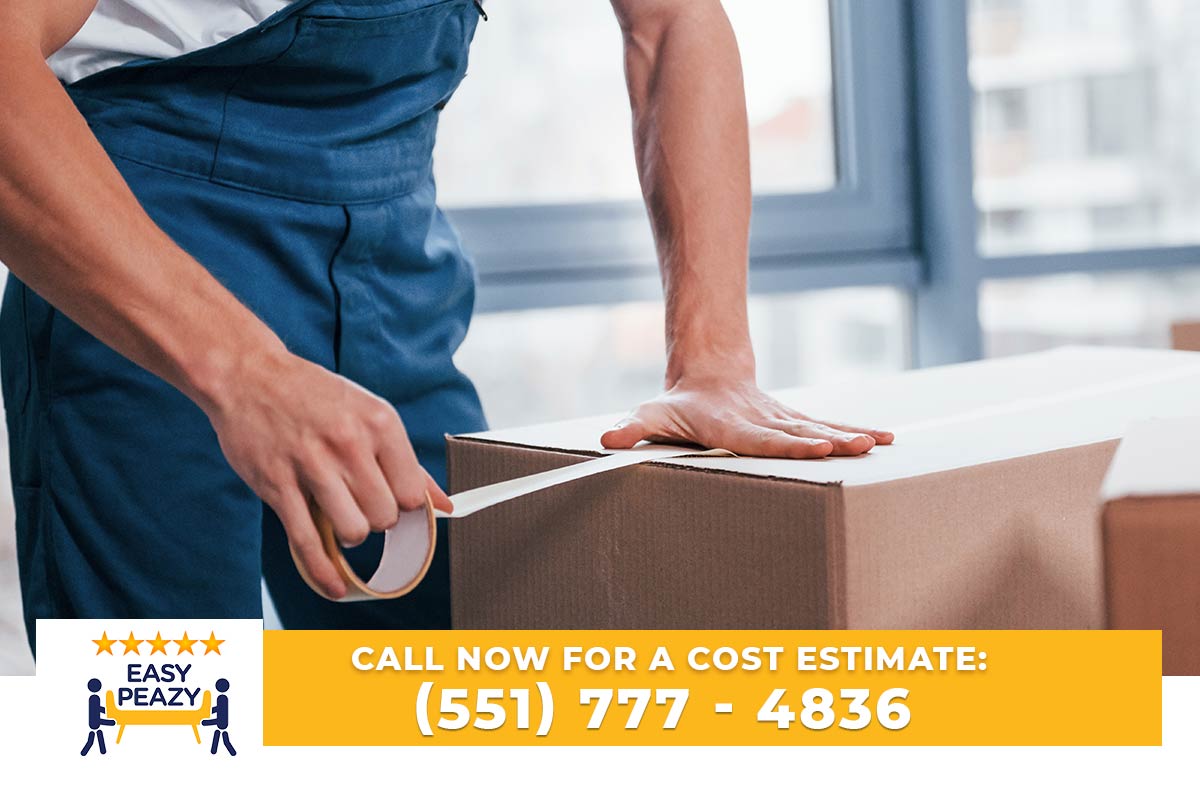Are you wondering if the moving companies overseeing your relocation can also provide the necessary boxes? It’s a good question because securing packing boxes is an essential component of relocation.
1.Full-Service Moving Companies:
Some moving companies offer comprehensive services, including packing and unpacking. These full-service movers typically bring their own packing materials, including boxes of various sizes, packing tape, bubble wrap, and other essential supplies. They will pack your belongings efficiently, ensuring that items are secure and properly labeled.
2.Partial Packing Services:
In addition to full-service options, many moving companies also provide partial packing services. With this option, you can hire professionals to pack specific items or rooms, leaving you with the flexibility to handle the rest. These services may or may not include the provision of packing boxes.
3.DIY Packing with Supplies:
If you prefer a more hands-on approach, some moving companies offer packing supplies for purchase. This allows you to take charge of the packing process while still having access to high-quality materials provided by the professionals. You can buy packing boxes, tape, and other supplies directly from the moving company.
Packing boxes for moving house
When you’re moving house you’ll need a range of packing supplies, including:
- Duct tape for sealing boxes
- Masking tape or sticker labels and marker pens for labelling boxes
- Scissors or box cutters
- Coloured markers or stickers for colour coding boxes by room
- Packing material like bubble wrap – or you could use towels and bed linen if you have enough
- Sack truck for moving large boxes or appliances
- Rope or bungee cords
You might already own some of these things, and if not they can either be purchased or hired. But most importantly, you’ll have to get your hands on lots of packing boxes.
What types of packing boxes are available and which ones do I need?
Choosing the right types of moving boxes is crucial to ensure the safe and organized transportation of your belongings during a move.
Standard Boxes:
Sizes: Small (1.5 cubic feet), Medium (3.0 cubic feet), Large (4.5 cubic feet), Extra Large (6.0 cubic feet)
Use: Suitable for general items like books, kitchen utensils, small electronics, and other compact belongings.
Dish and Glassware Boxes:
Sizes: Typically come in various sizes, including partitions or dividers.
Use: Specifically designed for fragile items such as dishes, glassware, and other breakables. The dividers provide extra protection.
Sizes: Tall and rectangular with a hanging bar.
Use: Ideal for transporting clothes on hangers, preventing the need to fold and pack them separately. Some come with a built-in bar for hangers.
Mirror and Picture Boxes:
Sizes: Customizable for various sizes of mirrors, artwork, or framed pictures.
Use: Designed to protect mirrors, paintings, and other flat, fragile items during the move.
Electronics Boxes:
Sizes: Customizable for various electronic equipment.
Use: Perfect for transporting TVs, computer monitors, and other delicate electronics. They often come with extra padding.
File Boxes:
Sizes: Typically designed to accommodate letter or legal-sized files.
Use: Ideal for moving important documents and files securely.
Mattress Boxes:
Sizes: Twin, Full, Queen, King.
Use: Protects mattresses from dust, dirt, and damage during the move.
Heavy-Duty Boxes:
Sizes: Various sizes with reinforced construction.
Use: Suitable for bulky or heavy items like books, tools, and small appliances.
TV Boxes:
Sizes: Designed for various TV sizes.
Use: Protects flat-screen TVs during transportation. Some come with extra padding and adjustable sizing.
Specialty Boxes:
Sizes: Customized for specific items (e.g., lamps, golf clubs, bicycles).
Use: Provides tailored protection for items that don’t fit well in standard boxes.
Tips for Effective Packing:
- Labeling: Regardless of whether you pack or the moving company does, proper labeling is key. Clearly mark boxes with the room they belong to and a brief description of their contents.
- Fragile Items: If you have fragile or valuable items, communicate with the moving company about special packaging or handling requirements.
- Reuse and Recycle: Consider using environmentally friendly packing materials or repurposing boxes from local businesses to reduce waste.
Self packing or professional packing
Choosing between self-packing and professional packing depends on various factors and personal preferences. Self-packing allows you to have control over the packing process and is often more cost-effective. It also provides the opportunity to declutter and organize belongings according to your preferences.
On the other hand, professional packing services can save you time and effort. Experienced packers are skilled in efficiently and safely packing items, reducing the risk of damage during the move. They typically use high-quality packing materials and have the expertise to handle fragile or valuable items.
Consider your budget, time constraints, the complexity of the move, and your comfort level with packing when making this decision. Some people prefer the convenience of professional packing, while others value the hands-on approach and cost savings of self-packing. Ultimately, the choice depends on your individual needs and priorities.

Easy Peazy is Full-Service Moving Company
Tailored Moving Supply Bundles for Every Home Size
At Easy Peazy Moving, we understand that moving can be a daunting task, and having the right supplies is key to a stress-free experience. That’s why we’ve designed our cardboard moving supply bundles, carefully curated based on the size of your home. Whether you’re moving from a cozy studio or a spacious 3+ bedroom residence, we’ve got you covered.
Book today and get the best experience
OR CALL TODAY: (551) 777-4836

